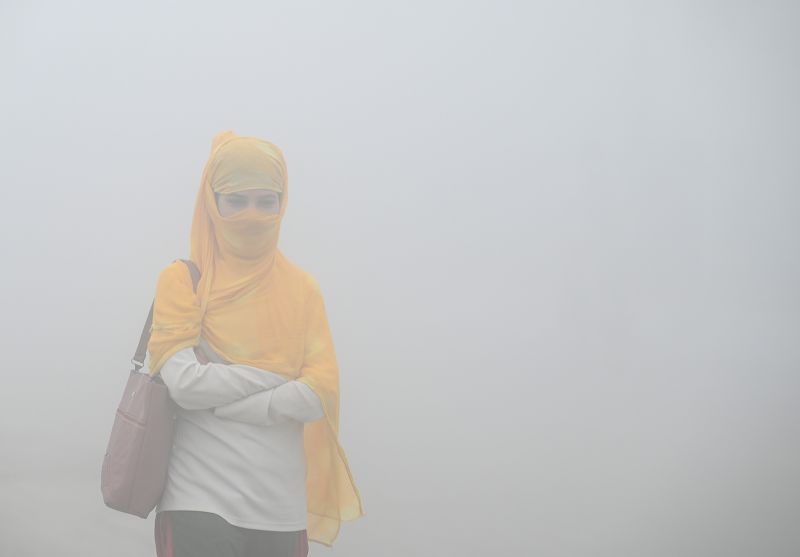
Choking on Toxic Air: Surviving in the Globe’s Dirtiest City
Breathe in, breathe out. For most people in the world, this basic function doesn’t demand much thought unless a virus or allergies begin to lurk in the shadows. Yet, there are certain pockets on this globe where a simple breath of fresh wind seems like a luxury, a distant echo of hope that resounds persistently on their wish list. Among these places is the world’s most polluted city, where the act of breathing has transformed into a severe health hazard, thus emanating a chilling echo of warning to the rest of the world.
The honor for the title ‘Most Polluted City in the World’ is alarmingly bestowed upon the Indian capital city of New Delhi. New Delhi’s battle with air pollution is simply unparalleled – characterized by visibilities frequently plunging to several hundred meters due to an omnipresent blanket of smog. The severity of this situation is best encapsulated by an image that recently went viral – a cricket match halted not due to weather conditions but due to players gasping for breath in the permeative smog.
Befogged with a thick, grey smoky haze that blurs the city’s unique skyline, New Delhi’s residents have begun to see adverse health effects that have breached alarming levels of connotations. The city’s relentless industrial revolution and rapid urbanization have imposed an insidious toll on its almost 31 million denizens. The World Health Organization has infamously ranked New Delhi’s air as the world’s most polluted, with particle matter density soaring to levels more than 20 times higher than what is considered healthy.
In New Delhi, the pollution statistics break all records. The scale of measurement, known as the Air Quality Index (AQI), assigns ratings based on daily measurements of pollutants in the air. The satisfactory level of AQI is often pegged around 50. In contrast, New Delhi’s AQI often skyrockets, reaching a staggering 999 at several instances – a limit beyond which no measurement can depict the severity of the situation.
The struggle of daily life has turned into survival in this metropolis – masked faces have become the new normal, with people resorting to air filters and purifiers in a poor attempt to gain respite. Families with children and elderly members are particularly affected, with a rising number of health complications and diseases such as asthma, chronic bronchitis, and other respiratory issues becoming increasingly prevalent.
These pollutants are not only an exterior nuisance – living inside is no safer. Indoor air has been found to be five times more polluted, trapping harmful particles within the vicinity. This brings an ironic twist to the safety that homes are expected to provide – they have transformed into hidden reservoirs of pollution.
The government’s interventions so far have had limited success, much of which gets thwarted due to structural deficiencies and systemic challenges. Measures such as restrictions on vehicle use, halting construction, and shutting down power plants are often too little or implemented too late. The response seems to be reactive, not proactive, a band-aid masking a septic wound.
The question, at this juncture, is not if this problem can be solved but how quickly, efficiently, and effectively, resilient actions can be taken. A lot remains to be executed in terms of stricter laws, faster judicial response, and better enforcement of environmental regulations. Perhaps the answer lies in strong multi-lateral cooperation, and significant lessons can be drawn from global leaders in environment protection.
Living in the world’s most polluted city is no small feat. Each breath is a test of endurance. Each day is a struggle against the unseen enemy. The city lies shrouded in gloom, a dreadful spectacle forewarning an impending disaster. It is a wake-up call for our planet – a plea for humanity to stop, reassess, and realize that the cost of progress should never compromise the air we breathe.
